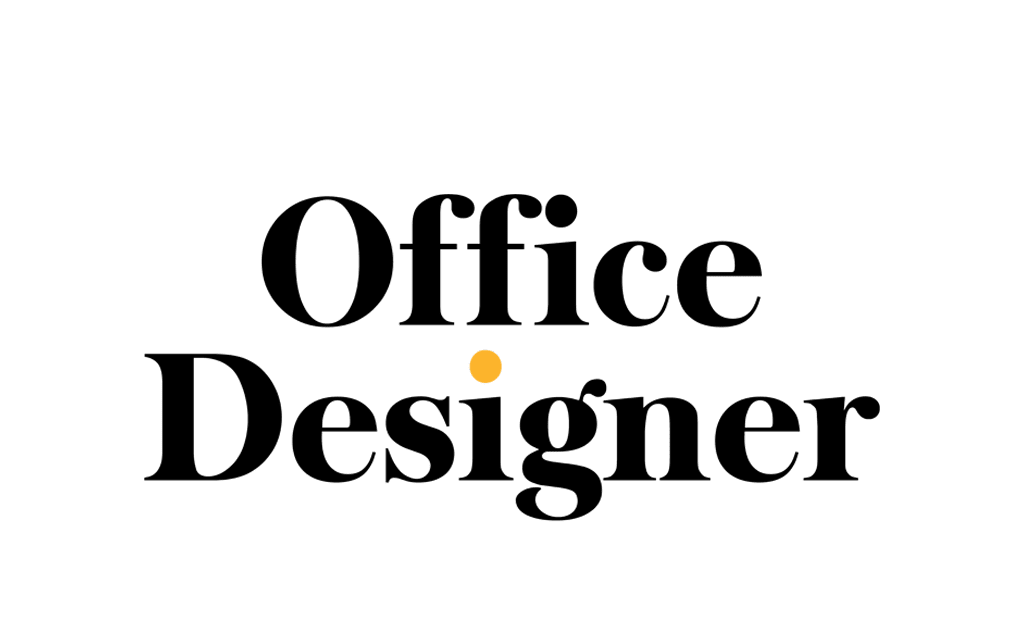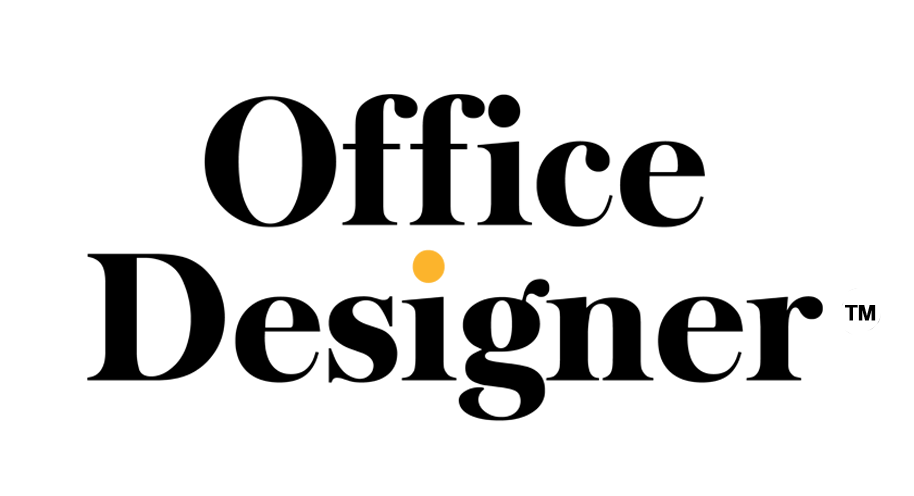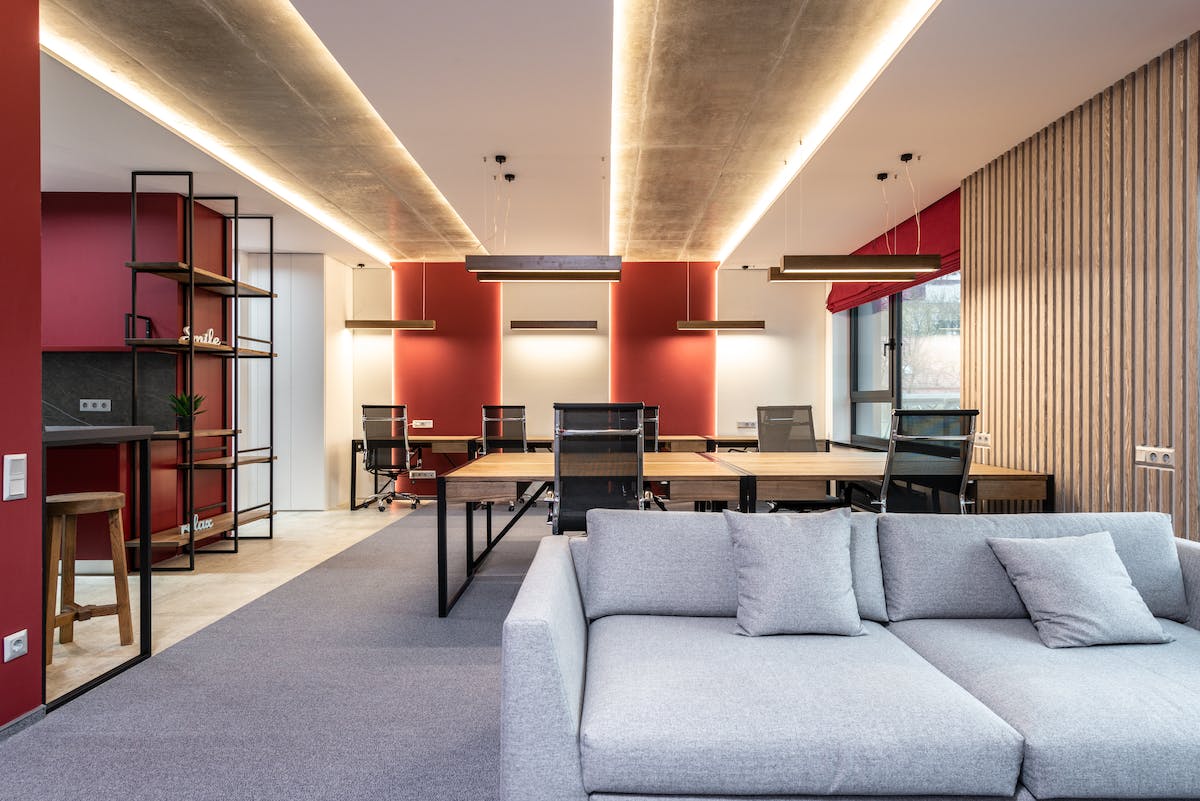In today’s fast-changing professional environment, where the boundaries between work and life are increasingly blurred, evolving office design is more critical than ever. Modern office design transcends mere aesthetics, transforming into a dynamic arena where productivity, culture, and innovation intersect. This article delves into the exciting world of evolving office design, where creativity enhances functionality and workspaces become strategic tools for success.
The Evolution of Office Design
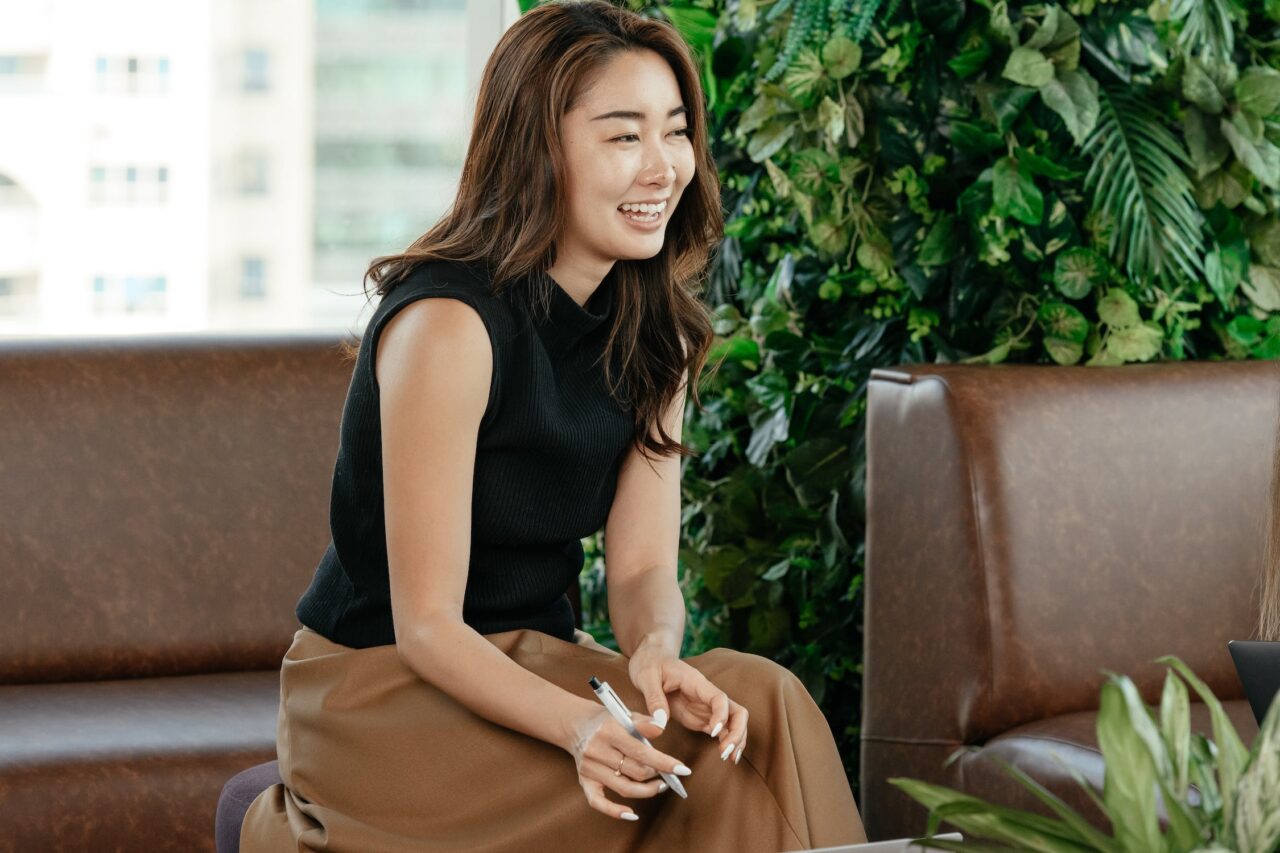
Gone are the days of sterile cubicles and uninspiring workstations. Today’s office design is a living, breathing entity that mirrors the ethos and identity of the organisations it houses. The evolution of office interior design is a journey through time, from the traditional layouts of the past to the vibrant, flexible spaces that define contemporary work environments. Today’s office designs reflect the ethos and identity of the organisations they represent, evolving from static layouts to vibrant, adaptable environments that cater to contemporary work dynamics.
The Role of Functionality in Form
In modern office design, functionality is paramount. Office layouts are meticulously planned to foster collaboration, inspire creativity, and enhance productivity. From open-plan spaces that encourage teamwork to quiet nooks perfect for focused tasks, every design element is purposefully integrated to support the overarching goals of the workplace.
Cultivating Company Culture through Design
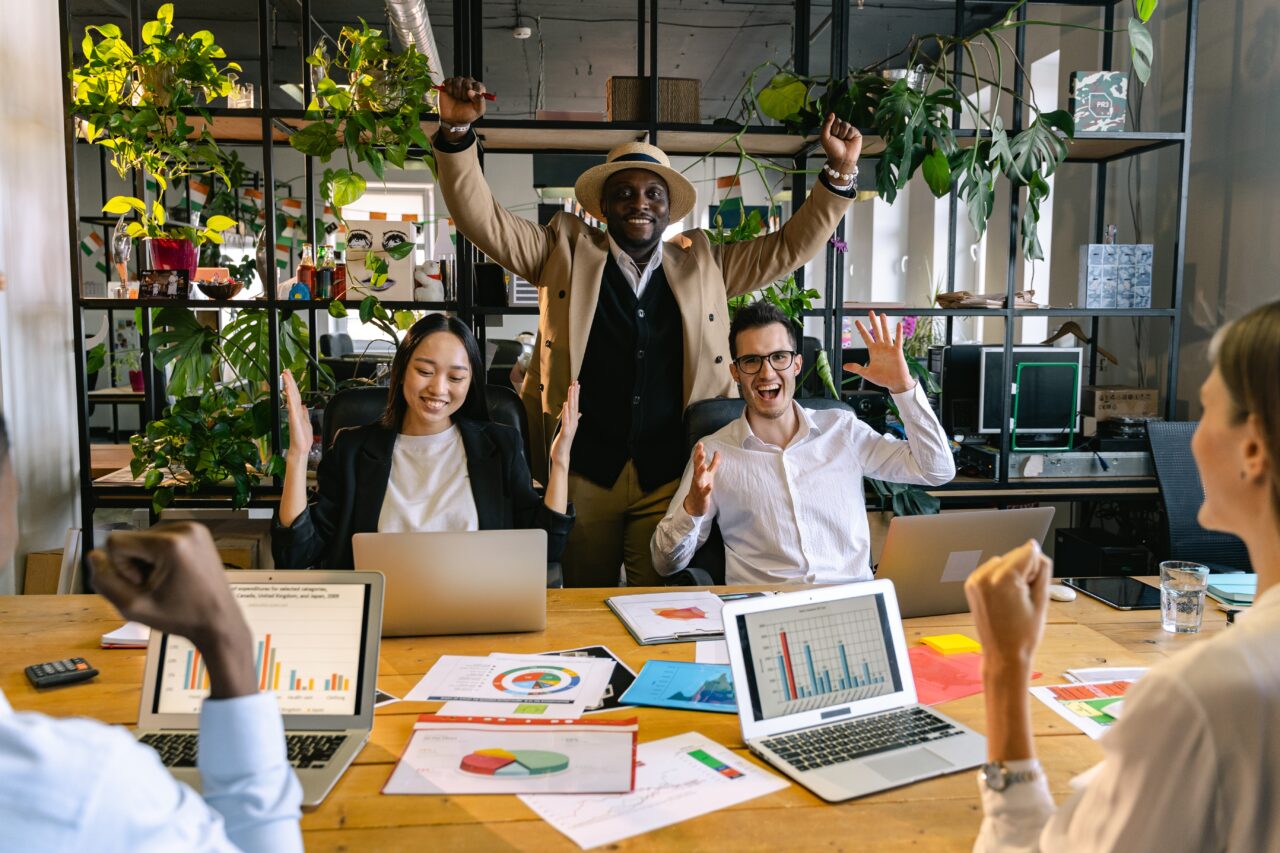
An office is a physical representation of a company’s culture. Everything from colour schemes to furniture selection is crucial in shaping an environment that mirrors an organisation’s values and ethos. Whether it’s a playful tech startup or a professional law firm, office design silently communicates the brand’s story and values.
Balancing the Physical and Virtual Workspace
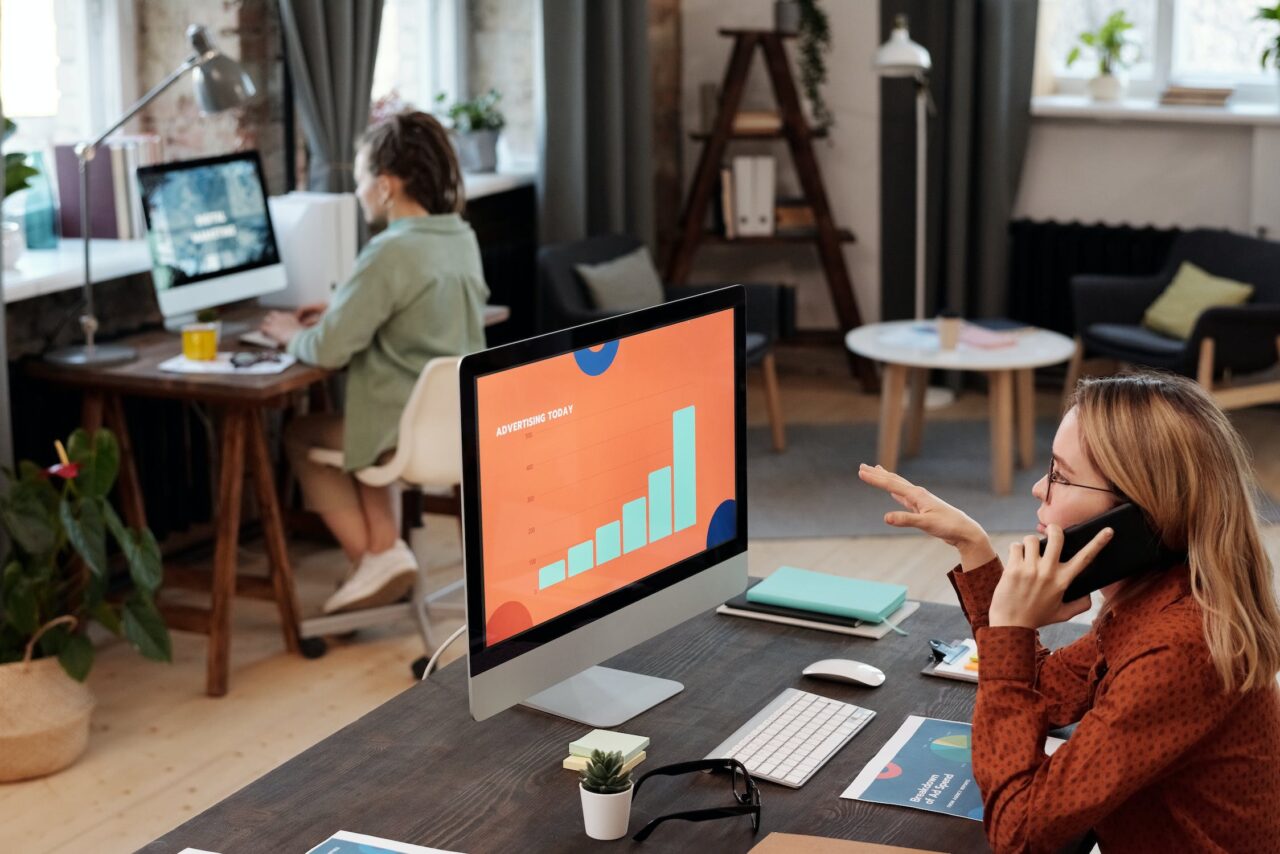
The rise of remote working has challenged interior designers to create offices that blend physical and virtual workspaces seamlessly. Innovations such as hybrid meeting rooms with advanced technology and flexible seating plans support both on-site and remote collaboration, showcasing the adaptability of modern offices.
Sustainability: Designing with a Purpose
With growing environmental awareness, sustainable practices are increasingly becoming foundational in office design. Energy-efficient lighting, eco-friendly materials, and sustainable building practices are not just trends but necessities, ensuring workspaces not only support human well-being but also contribute positively to the planet.
The Future of Office Design
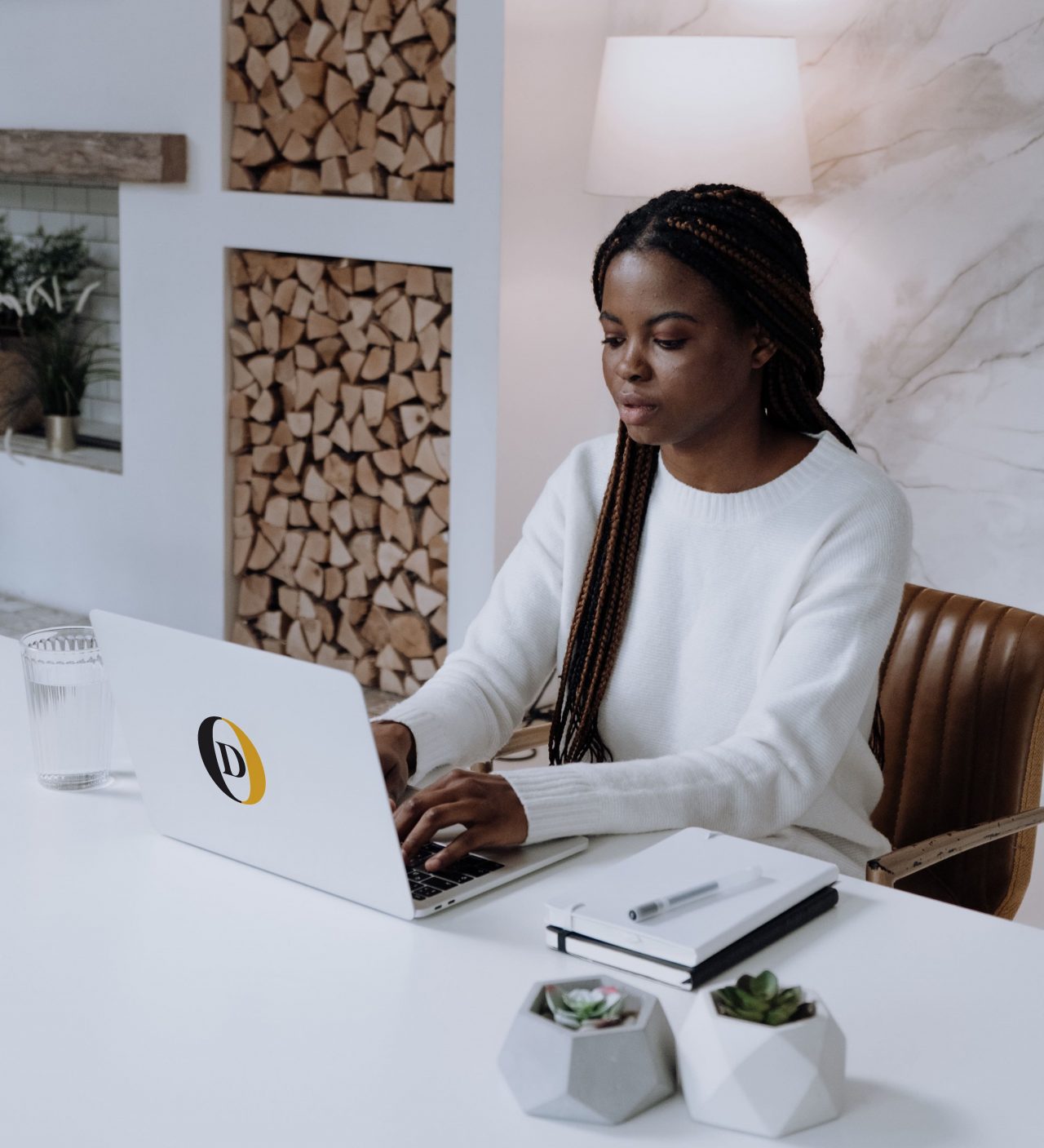
As we look ahead, the office environment continues to serve as a focal point for innovation. Emerging technologies like virtual and augmented reality offer immersive experiences that help visualise spaces before they are physically constructed. Moreover, smart offices equipped with IoT devices are set to redefine efficiency and user experiences, pushing the boundaries of what office spaces can achieve.
Evolving Office Design
In conclusion, the art and science of office design are inextricably linked to the success and vitality of the modern workplace. It’s a realm where designers are not just architects of space but orchestrators of culture, where every design decision shapes the way we work, collaborate, and thrive. As we navigate the ever-changing landscape of work, one thing remains certain – the office of tomorrow will be a testament to the limitless possibilities of interior design.
